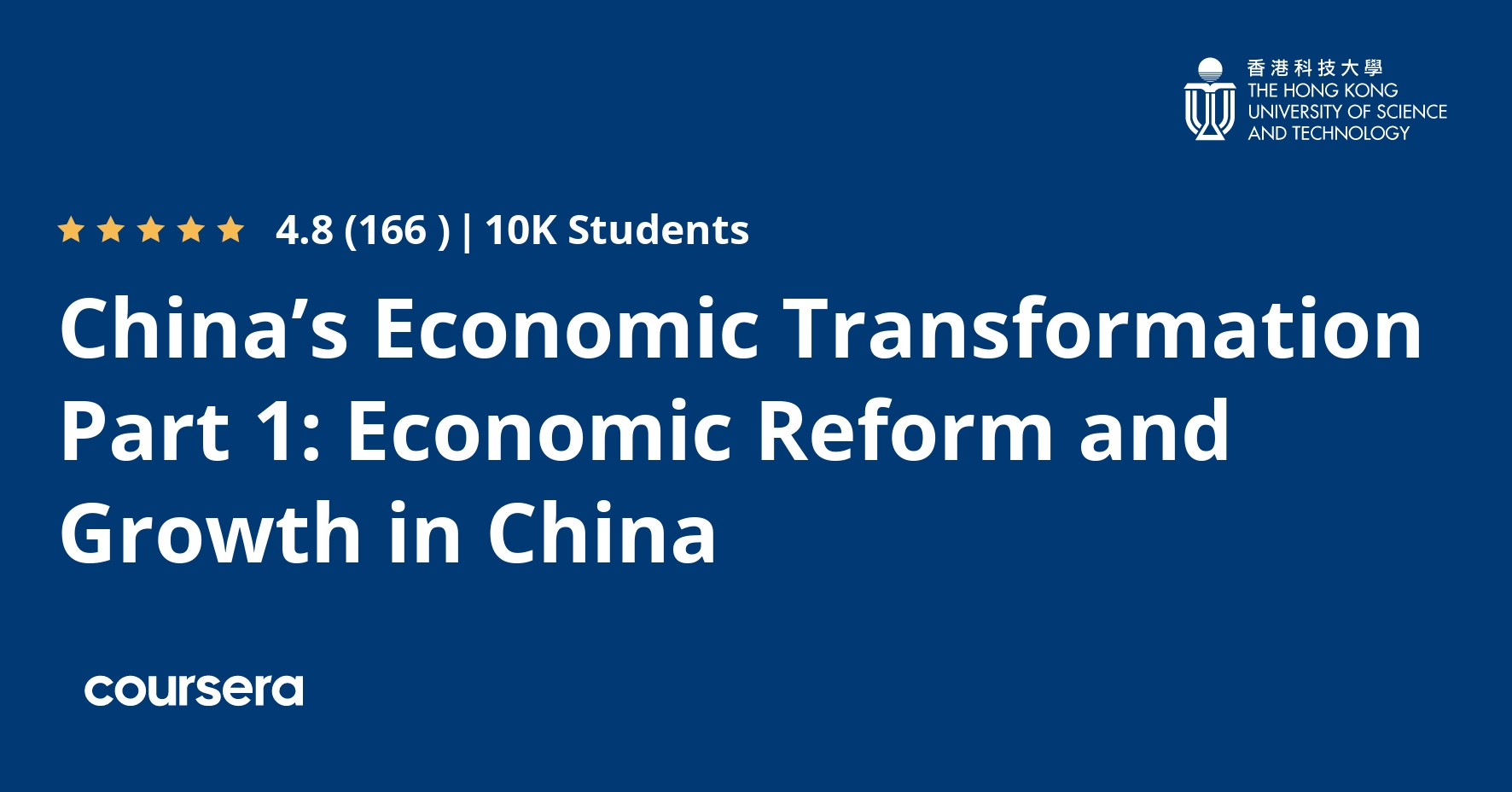Description
In 1978, after nearly 30 years of socialist planning under Mao Zedong, China was one of the world’s poorest countries, saddled with an inefficient, inward-looking economy. Today, China is an upper-middle income country and the world’s largest trading nation, contributing more to global economic growth than any other nation. How could such a remarkable transformation take place?
This course will examine in detail the reforms that have contributed to China’s economic development and the current challenges facing the Chinese economy. After completing this course, you will be able to:
– describe the origin and consequences of China’s key economic reforms since 1978;
– explain how features of China’s fiscal and financial systems have impacted development outcomes;
– assess the extent to which China has integrated itself into the global economy and the consequences of such integration for China and other countries;
– explain the importance of different sources of economic growth during different periods since 1978; and
– critically assess the economic and policy challenges facing China going forward.
This course does not offer certificate at the moment.
Course Overview video: https://youtu.be/YBkhpvWUoIw
What you will learn
Orientation and Module 1: China’s Gradualist Reforms
In this module, we will introduce you to China’s gradualist reforms. But before you start with the lectures, please watch the Course Overview, review the Assignment and Grading page, and introduce yourself to other learners who will be studying this course with you.
Module 2: Fiscal and Financial System Reform
In this module, we will focus on China’s fiscal and financial system reform.
Module 3: Globalization: Trade and Foreign Direct Investment
In this module, we will focus on China’s trade and foreign direct investment. Apart from regular lectures, we will visit firms in China to understand the impact of foreign direct investment on them. We will also have interviews and discussions with leading scholars to provide greater insight into what is happening in the areas of China’s outbound foreign direct investment and the internationalization of the Renminbi.
Module 4: Economic Growth and Structural Change
In this module, we will focus on China’s economic growth and structural change.






